Home>Garden Essentials>How Long Does It Take To Grow Kiwi From Seed
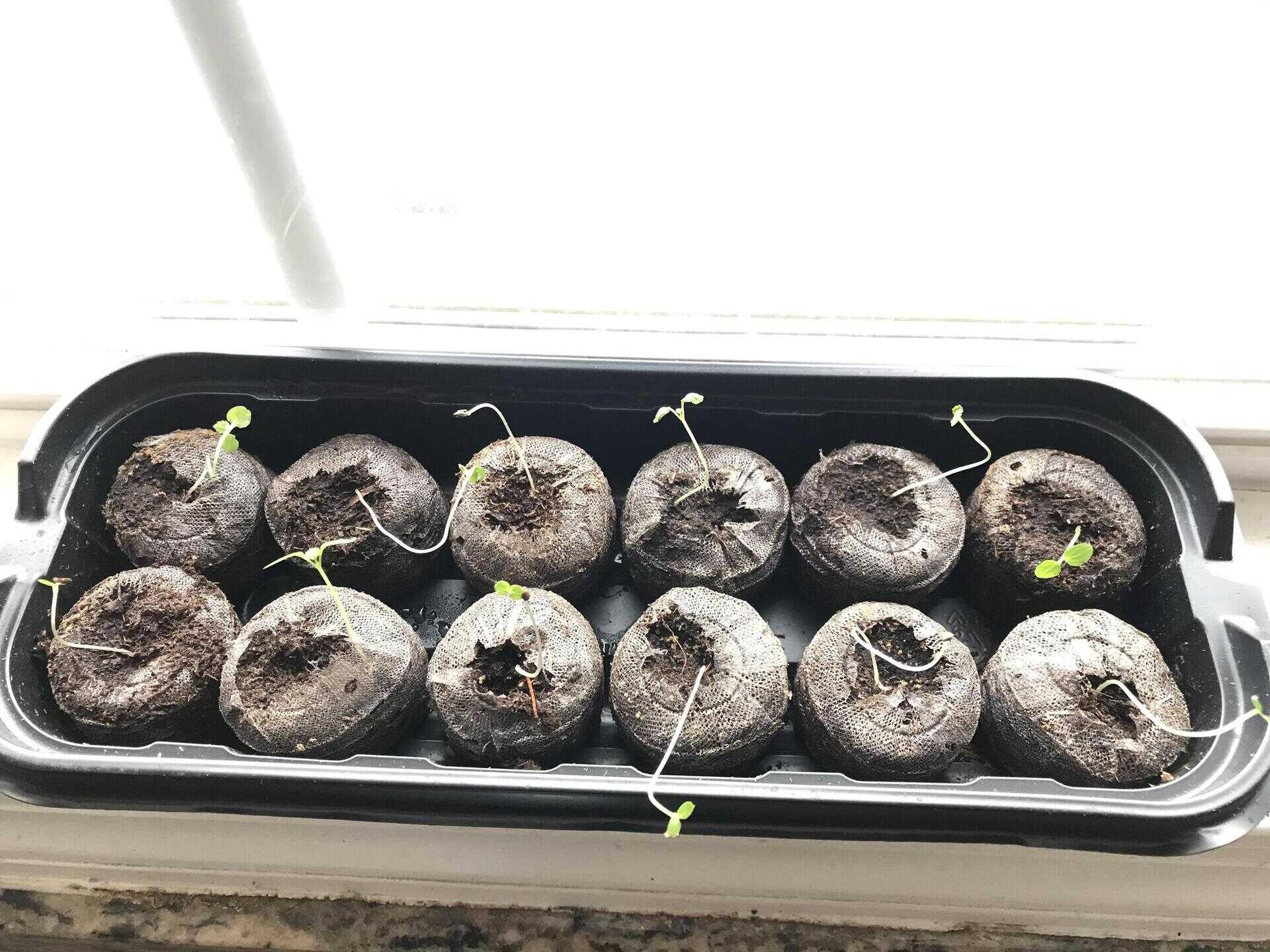

Garden Essentials
How Long Does It Take To Grow Kiwi From Seed
Modified: March 15, 2024
Discover how long it takes to grow kiwi from seed in your garden. Get expert tips on planting and caring for kiwi plants to enjoy homegrown fruit.
(Many of the links in this article redirect to a specific reviewed product. Your purchase of these products through affiliate links helps to generate commission for Storables.com, at no extra cost. Learn more)
Introduction
Growing kiwi from seed is an exciting and rewarding experience for gardeners of all levels. Kiwi, known for its delicious and nutrient-rich fruits, is a vine plant native to China but popularly cultivated around the world. While many people opt for purchasing established kiwi plants from nurseries, starting from seed allows you to witness the journey of growth from a tiny seed to a thriving plant.
In this article, we will guide you through the process of growing kiwi from seed, providing you with essential tips and information to ensure success. From selecting the right seeds to caring for the young plants, we’ll cover all the necessary steps to help you cultivate healthy kiwi vines in your garden.
Before we dive into the details, it’s important to note that growing kiwi from seed requires time and patience. Kiwi plants are known to have a long juvenile period, often taking several years before they start bearing fruits. However, don’t let this deter you – the lush foliage and eventual harvest will make the wait well worth it.
So, if you’re ready to embark on this kiwi-growing adventure, let’s get started!
Key Takeaways:
- Growing kiwi from seed requires patience, taking 3-7 years to bear fruit. Carefully select ripe seeds and provide proper germination and maintenance for healthy, rewarding plants.
- Kiwi plants need time to mature before producing fruits. With proper care, including watering, fertilization, and pruning, you can enjoy the delicious harvest from your own kiwi vines.
Selecting Kiwi Seeds
The first step in growing kiwi from seed is selecting the right seeds. While you can purchase kiwi seeds from gardening stores or online suppliers, keep in mind that not all seeds are created equal. To increase your chances of success, it’s best to source seeds from a reputable supplier or directly from ripe kiwi fruits.
When choosing kiwi seeds, look for fruits that are fully ripened and have a desirable taste. Ripe kiwi fruits will typically have a brown, fuzzy skin and yield to gentle pressure when squeezed. Avoid using seeds from overripe or damaged fruits, as they may not produce viable plants.
Once you’ve selected the ripest fruits, scoop out the seeds and rinse them thoroughly to remove any pulp or residue. Allow the seeds to air-dry completely before storing them in a cool, dry place for a few days. You can store them in a labeled container or envelope until you’re ready to start the germination process.
Note that kiwi plants are dioecious, meaning they have separate male and female plants. To ensure fruit production, it’s recommended to plant both male and female kiwi vines. However, keep in mind that the gender of a kiwi plant can only be determined once it reaches maturity, usually after several years.
If you’re unsure about the gender of the kiwi seeds you’ve collected, it’s best to plant a few extra seeds to increase your chances of having both male and female plants in the future.
Germination Process
Once you have selected your kiwi seeds, it’s time to start the germination process. There are a few different methods you can use to germinate kiwi seeds, including the paper towel method and direct planting. Here, we’ll discuss the paper towel method.
To begin, take a damp paper towel and spread it out on a flat surface. Place your kiwi seeds on one half of the paper towel, spacing them out to allow room for growth. Fold the other half of the paper towel over the seeds to create a cozy and moist environment.
Next, place the paper towel with the seeds in a sealable plastic bag or a covered container. This will help retain moisture and create a germination chamber. Make sure to label the bag or container with the date and seed variety.
Now, find a warm and dark location for the seeds to germinate. Kiwi seeds prefer temperatures around 70-75°F (21-24°C). You can place the bag or container in a cabinet or on top of the refrigerator.
Check the seeds regularly to ensure they remain moist. If the paper towel starts to dry out, lightly mist it with water. Be patient, as germination can take anywhere from 2-6 weeks.
Once the seeds have sprouted and small roots have formed, they are ready to be planted. Gently transfer each germinated seed into a small biodegradable pot filled with well-draining soil, burying them about ¼ inch deep.
Keep the pots in a warm and sunny location, ensuring they receive at least 6-8 hours of sunlight each day. Water the seedlings regularly, keeping the soil consistently moist but not waterlogged.
After a few weeks, you should start to see the seedlings grow their first set of true leaves. At this point, they are ready to be transplanted into larger pots or directly into the ground.
By following these steps, you will give your kiwi seeds the best chance at successful germination and create a strong foundation for their growth into healthy plants.
Transplanting Seedlings
Once your kiwi seedlings have grown their first set of true leaves, it’s time to transplant them into larger pots or directly into the ground. This step is crucial for their continued development and eventual fruit production.
If you choose to transplant the seedlings into pots, select containers that are at least 10-12 inches deep to allow for proper root growth. Fill the pots with a well-draining potting mix, ensuring there are drainage holes at the bottom to prevent waterlogging.
Gently remove each seedling from its current pot, taking care not to damage the delicate roots. Place the seedling in the new pot, ensuring it is at the same level as it was in the previous container. Fill in any gaps with additional potting soil and lightly press down to secure the seedling.
Water the transplanted seedlings thoroughly, ensuring the soil is evenly moist. Place the pots in a sunny location that receives at least 6-8 hours of sunlight per day. If growing outdoors, provide a trellis or support structure for the vines to climb on.
If you prefer to transplant the seedlings directly into the ground, choose a well-draining location with full sun exposure. Prepare the planting area by loosening the soil and incorporating organic matter such as compost or aged manure. Dig a hole large enough to accommodate the root ball of the seedling.
Gently remove the seedling from its pot, being careful not to disturb the roots. Place the seedling in the hole, ensuring it is at the same level as it was in the pot. Backfill the hole with soil, gently firming it around the base of the plant. Water thoroughly after planting.
It’s important to space the seedlings adequately to allow for their sprawling growth. Ideally, kiwi plants should be spaced 10-15 feet apart to provide enough room for the vines to spread and for effective air circulation.
After transplanting, continue to provide regular water to the seedlings to help establish their roots. Monitor them closely for any signs of stress or nutrient deficiencies, and provide them with appropriate care as needed.
Transplant shock is normal for newly transplanted seedlings, so be patient and provide them with the care they need to recover and thrive in their new environment.
It can take 3-4 years for a kiwi plant to grow from seed to produce fruit. Make sure to provide the plant with plenty of sunlight, well-draining soil, and regular watering to help it grow efficiently.
Care and Maintenance
Proper care and maintenance are essential for the healthy growth and development of your kiwi plants. By following these guidelines, you’ll ensure that your plants have the best chance of thriving and producing an abundant harvest:
1. Watering: Kiwi plants require regular watering, especially during the hot summer months. Keep the soil consistently moist, but avoid over-watering as it can lead to root rot. Mulching around the base of the plants can help retain moisture and prevent weed growth.
2. Fertilization: Kiwi plants benefit from regular fertilization to support vigorous growth and fruit production. Use a balanced fertilizer with higher levels of nitrogen in the spring to encourage foliage growth, and switch to a fertilizer with higher levels of phosphorus and potassium in the summer to promote fruit development.
3. Pruning: Pruning is crucial for kiwi plants to maintain their shape, control size, and promote airflow. Prune in late winter or early spring while the plants are still dormant. Remove any dead, damaged, or crossing branches, and thin out crowded growth to improve sunlight penetration and airflow.
4. Trellising: Kiwi plants are vigorous climbers and require support to prevent the vine from sprawling on the ground. Install a sturdy trellis or wire system for the vines to grow on. Train the main stems along the support structure, and regularly prune and tie the lateral shoots to ensure an organized and manageable growth pattern.
5. Pest and Disease Control: Kiwi plants can be susceptible to certain pests and diseases such as aphids, spider mites, powdery mildew, and bacterial canker. Regularly inspect your plants for any signs of infestation or disease. Use organic pest control methods if possible, and promptly address any issues to prevent further damage.
6. Winter Protection: Kiwi plants can be sensitive to frost and cold temperatures. In regions with harsh winters, it’s important to provide adequate winter protection. Mulching around the base of the plants can help insulate the roots, and covering the vines with burlap or frost blankets can protect them from freezing temperatures.
By providing proper care, your kiwi plants will reward you with healthy growth, beautiful foliage, and eventually, delicious and nutritious fruits.
Timeframe for Fruit Production
When growing kiwi from seed, it’s important to understand that fruit production will not happen overnight. Kiwi plants have a long juvenile period, often taking several years before they reach maturity and start bearing fruit. The exact timeframe for fruit production can vary based on various factors, including the kiwi variety, growing conditions, and care provided.
On average, it can take anywhere from 3 to 7 years for a kiwi plant to produce its first fruits. This extended wait is due to the plants needing time to establish a strong root system, develop a mature and robust vine structure, and reach the necessary hormonal and physiological stage for fruiting.
During the first few years, focus on providing optimal care, including adequate water, sunlight, fertilization, and pruning. This will help the plants grow vigorously and establish a strong foundation for future fruit production. While you may not see fruits during this time, the lush foliage and growth of the vine will signify that the plant is healthy and thriving.
As your kiwi plants mature, you’ll start to notice the development of flower buds on the vines. These buds will eventually open into beautiful, fragrant flowers. The flowers are either male or female, and their presence indicates that your kiwi plants are ready for pollination and potential fruit set.
For successful fruit production, it’s important to have both male and female kiwi plants. Male plants produce pollen, while female plants produce the fruit. Some kiwi varieties are self-fertile, meaning they can produce fruit with just one plant. However, having both male and female plants increases the chances of successful pollination and higher fruit yield.
Pollination occurs when bees or other beneficial insects transfer pollen from the male flowers to the female flowers. If you’re lacking natural pollinators in your area, you can hand-pollinate the flowers by carefully transferring the pollen using a small brush or feather.
Once the flowers have been successfully pollinated, the fertilized ovaries will develop into small fruits. These fruits will gradually grow and mature over the summer months, and they are typically ready for harvest in late summer or early fall, depending on your specific climate and growing conditions.
It’s important to note that the size and yield of the fruits may increase as the plants mature. You can expect a gradual increase in fruit production each year as the vines become stronger and more established.
With patience and proper care, your kiwi plants will reward you with a bountiful harvest of sweet and tangy fruits, bringing joy and satisfaction to your gardening endeavors.
Conclusion
Growing kiwi from seed is a rewarding and fulfilling journey that allows you to witness the miracle of nature as tiny seeds transform into flourishing vines and eventually bear delicious fruits. While it requires patience and dedication, the process is well worth the wait.
From selecting the right kiwi seeds to nurturing the young seedlings, transplanting them into larger pots or the ground, and providing proper care and maintenance, every step plays a significant role in the successful growth of your kiwi plants.
Remember that kiwi plants have a long juvenile period, often taking several years before they start producing fruits. But with the right amount of care, including regular watering, feeding, pruning, trellising, and protection against pests and diseases, you can ensure your kiwi plants grow strong and healthy.
As the vines mature and reach the stage of flowering and fruiting, you’ll witness the magnificent transformation from delicate blooms to small, green fruits that will eventually ripen into juicy, flavorful kiwis.
Throughout the process, it’s important to enjoy and embrace the journey, appreciating the beauty of nature and the satisfaction that comes from cultivating your own fruits. The wait for your first harvest may test your patience, but the taste of those homegrown kiwis will make it all worthwhile.
So, embrace the challenge, tend to your kiwi plants with care, and savor the rewards of your hard work. Whether you choose to grow them in pots or in the ground, kiwi plants will bring both beauty and bounty to your garden.
Happy growing, and may your kiwi plants thrive and bring you many years of delicious fruits to enjoy!
Frequently Asked Questions about How Long Does It Take To Grow Kiwi From Seed
Was this page helpful?
At Storables.com, we guarantee accurate and reliable information. Our content, validated by Expert Board Contributors, is crafted following stringent Editorial Policies. We're committed to providing you with well-researched, expert-backed insights for all your informational needs.
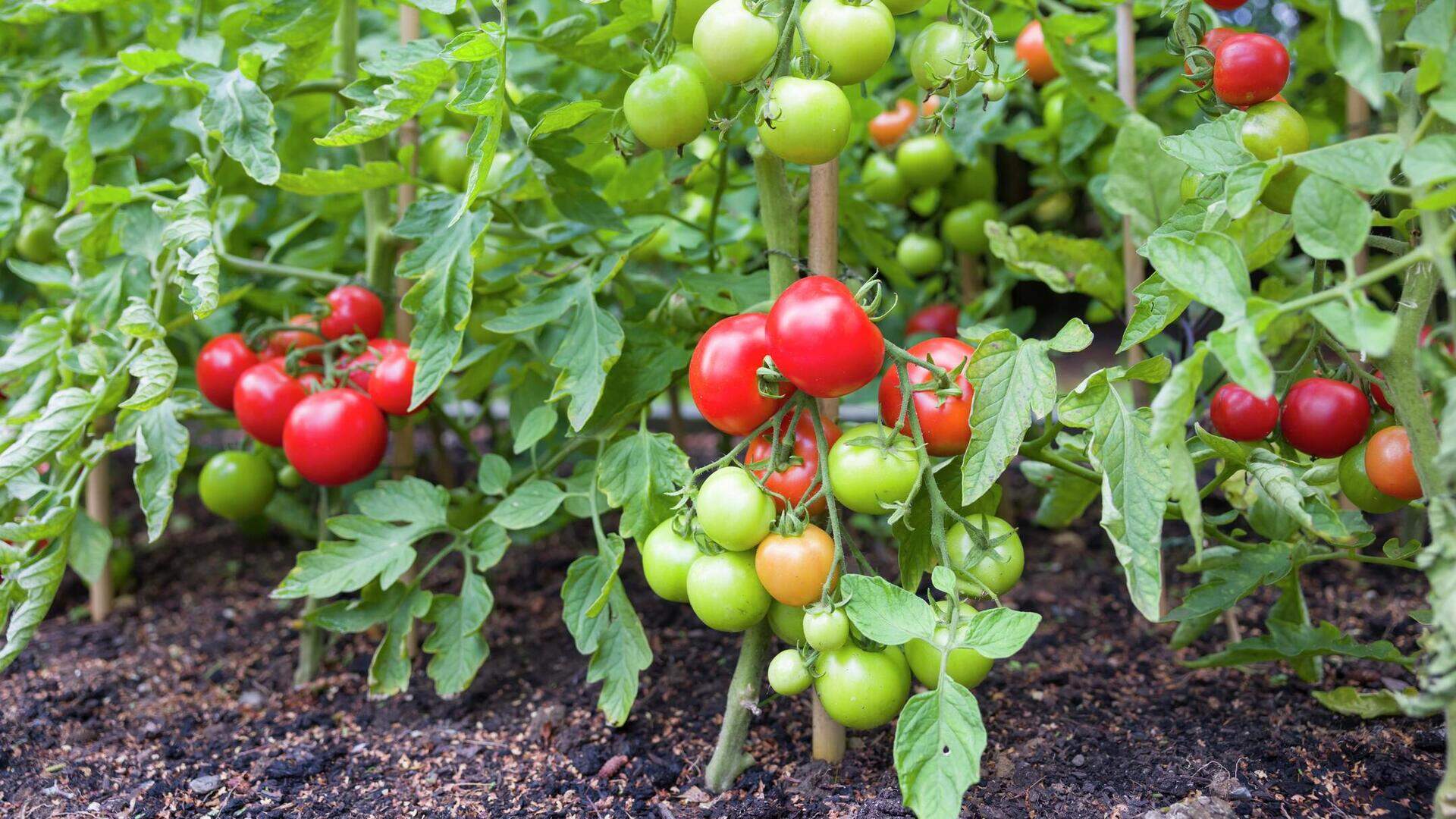
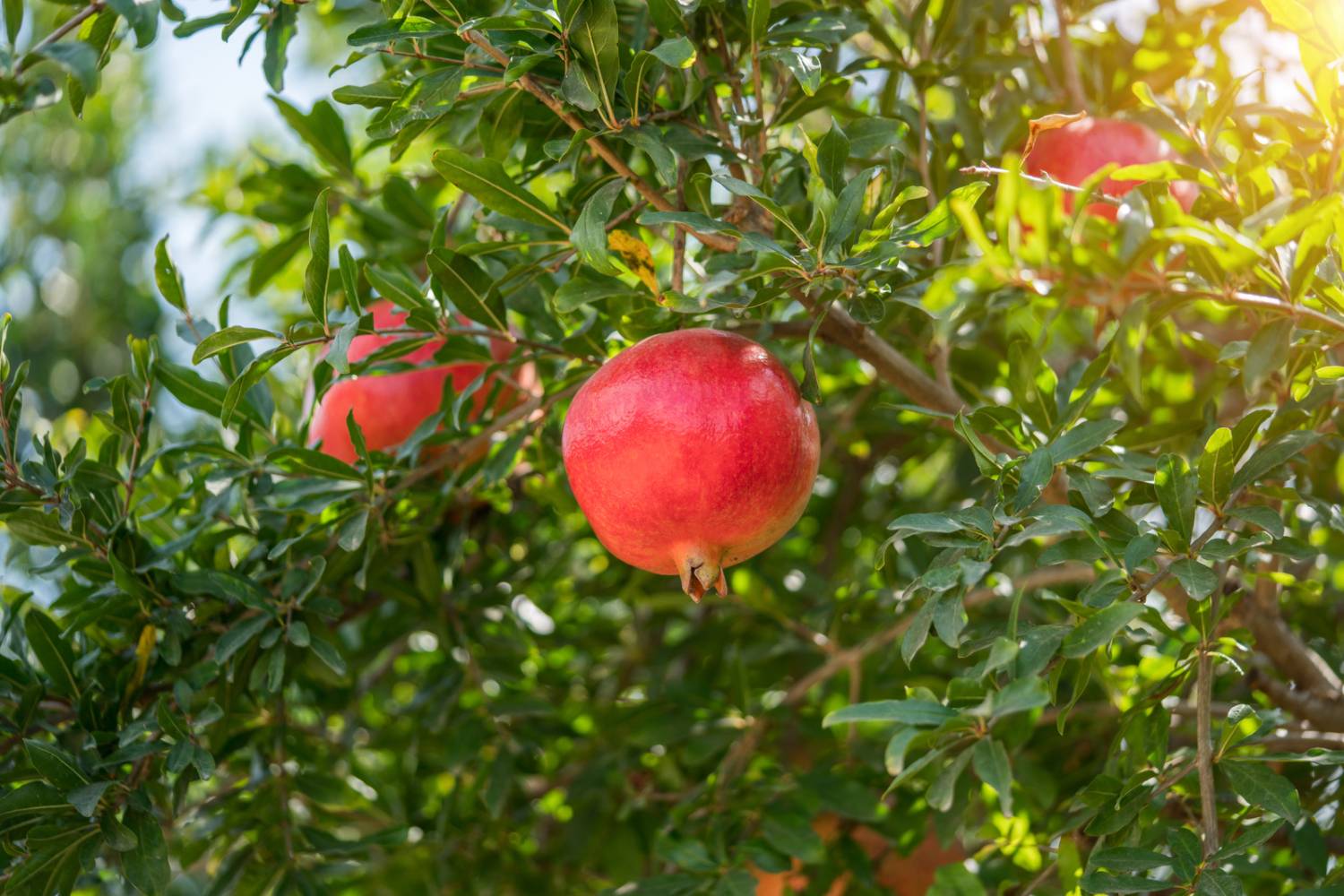
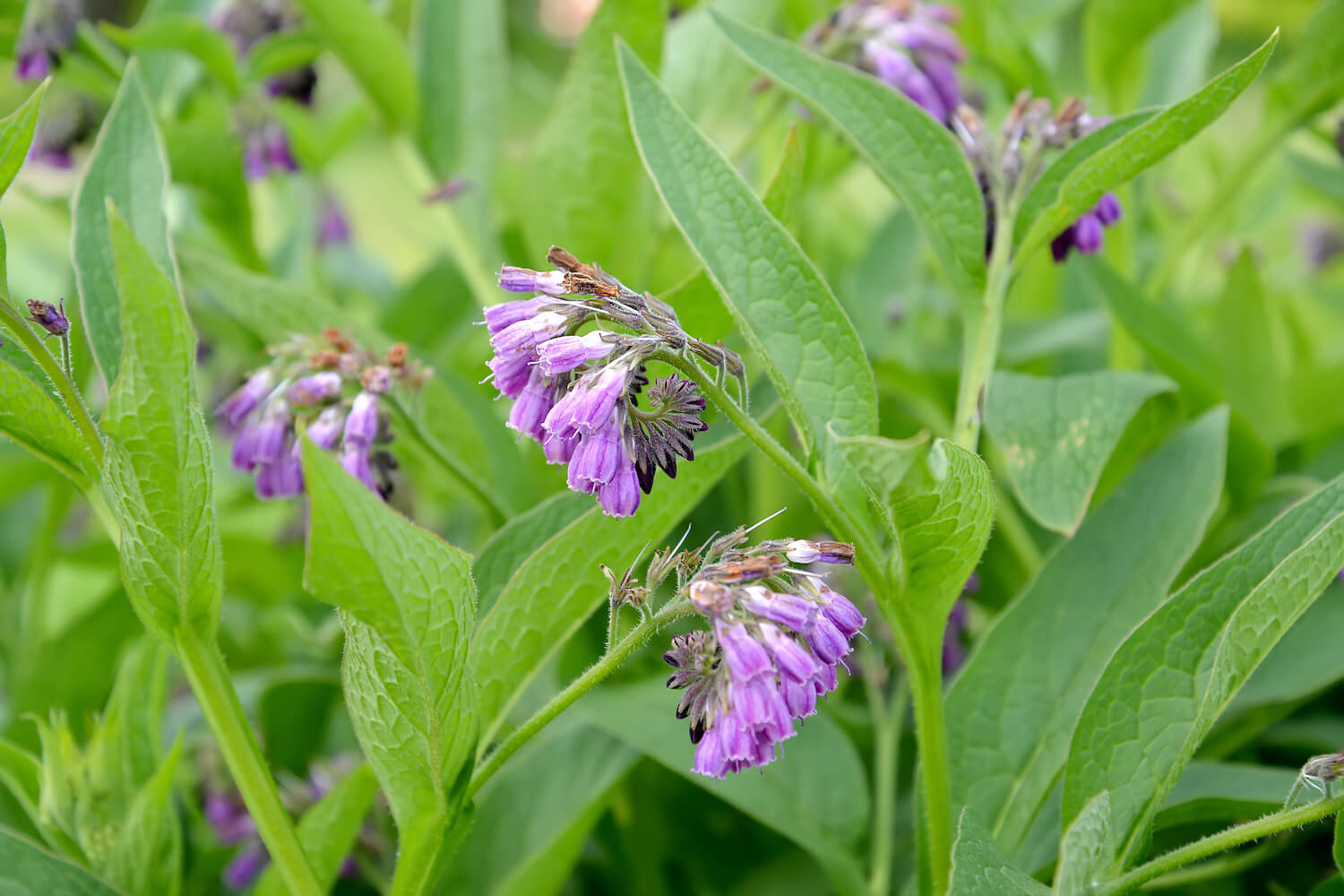
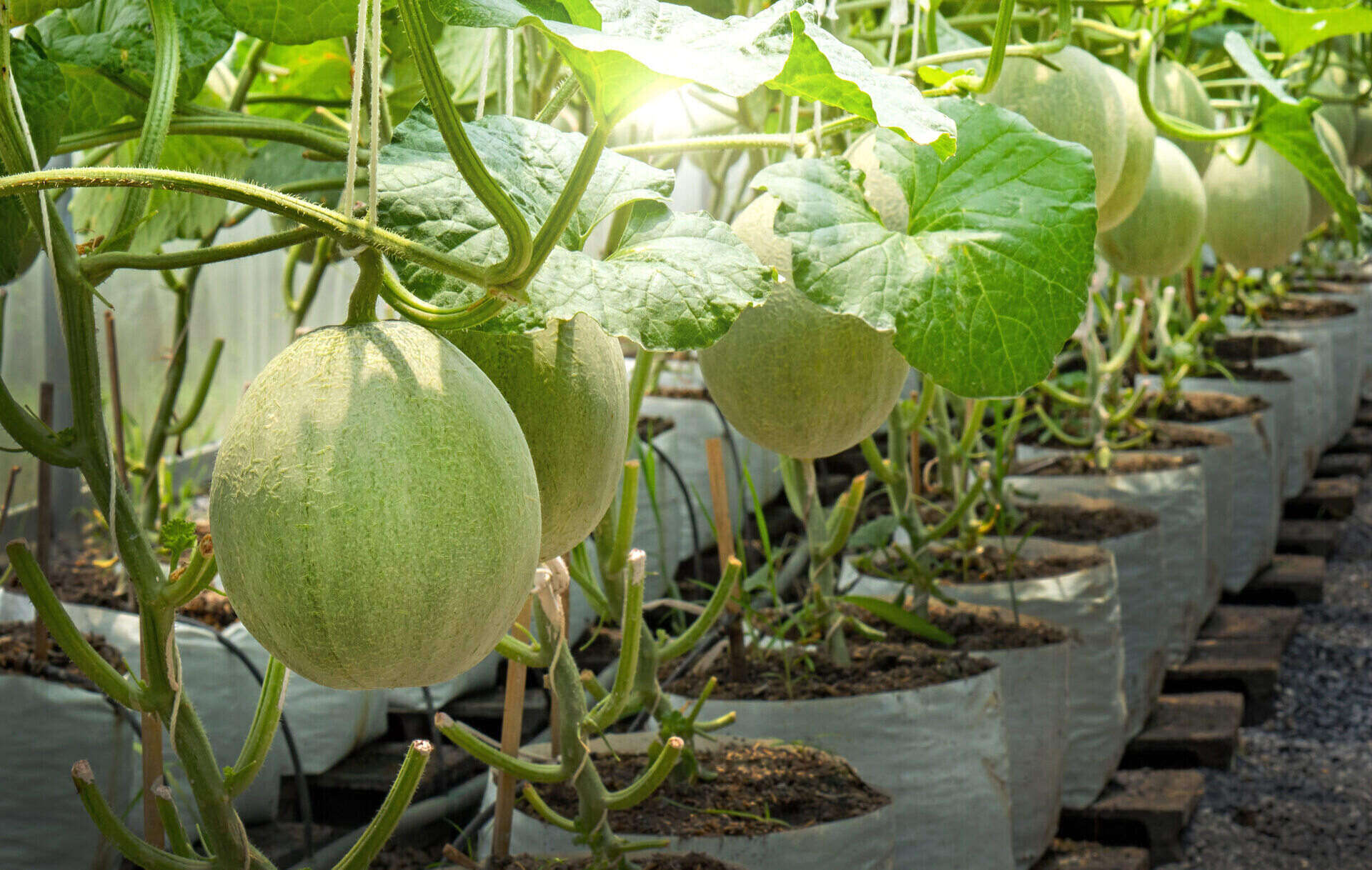
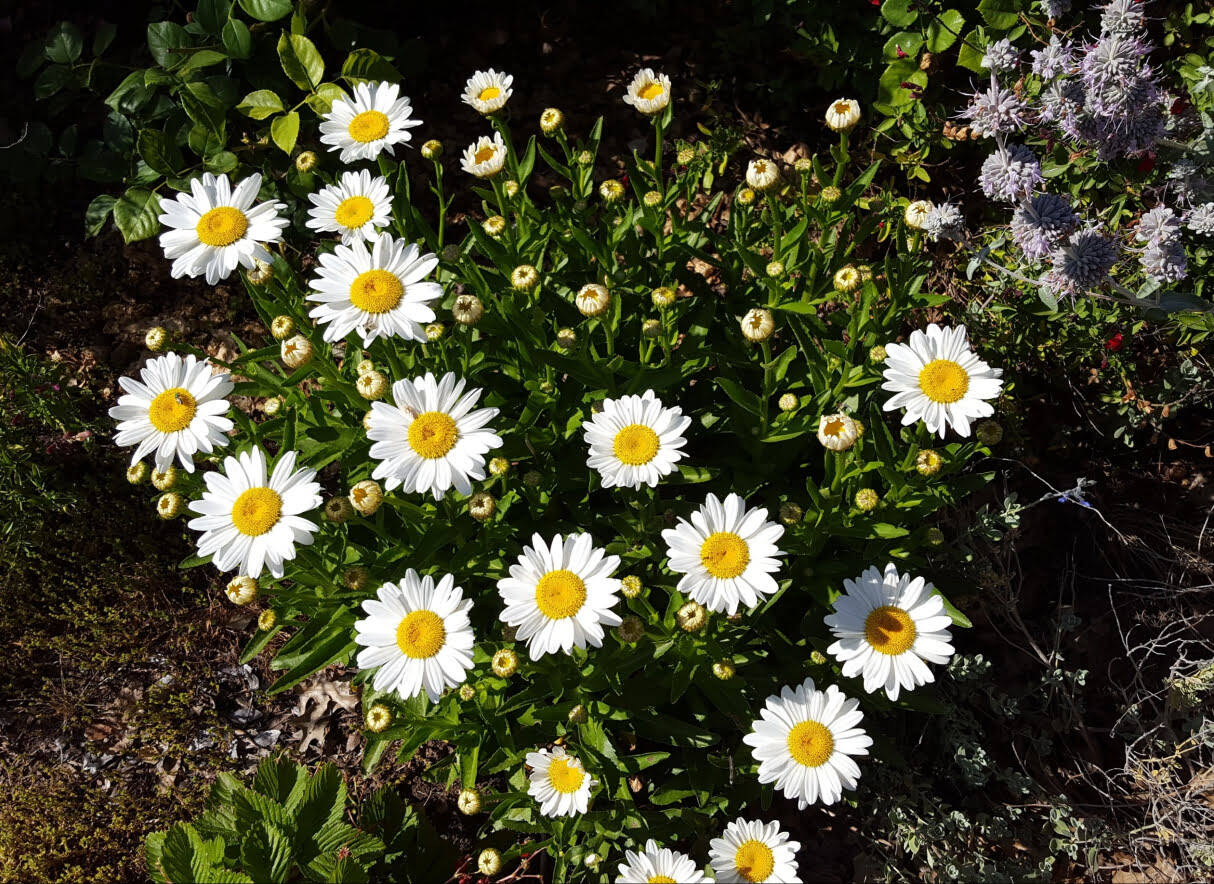
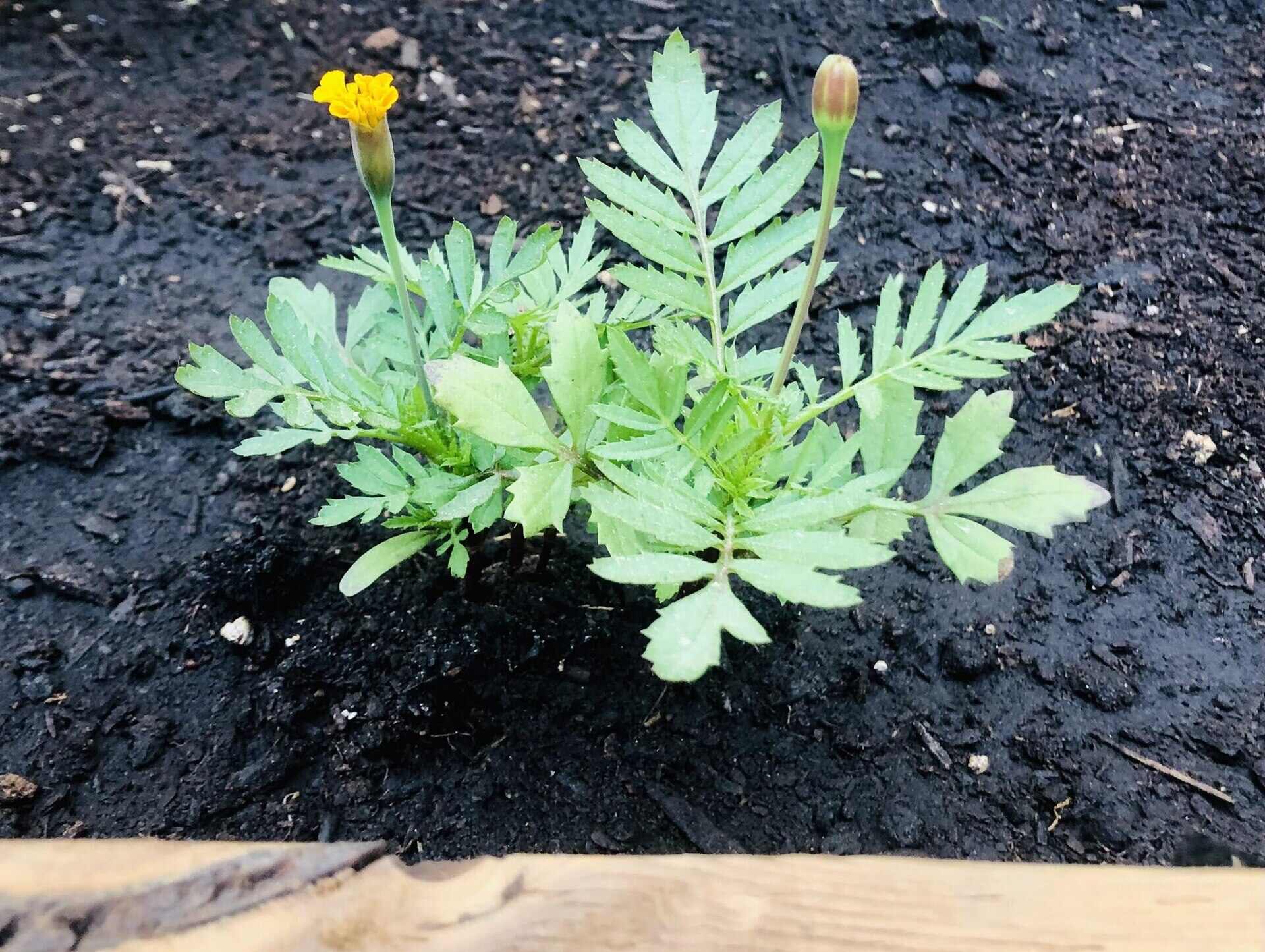
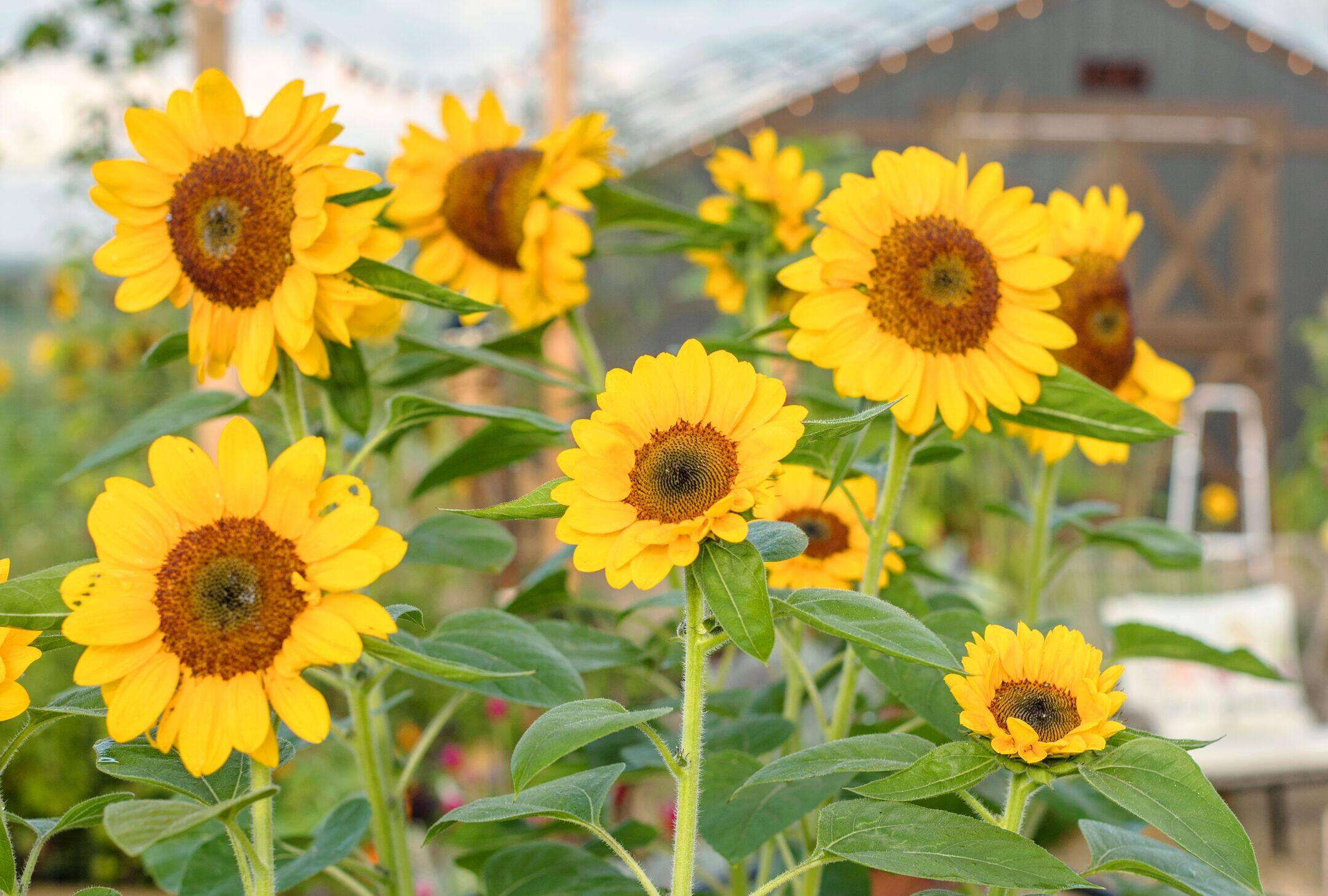
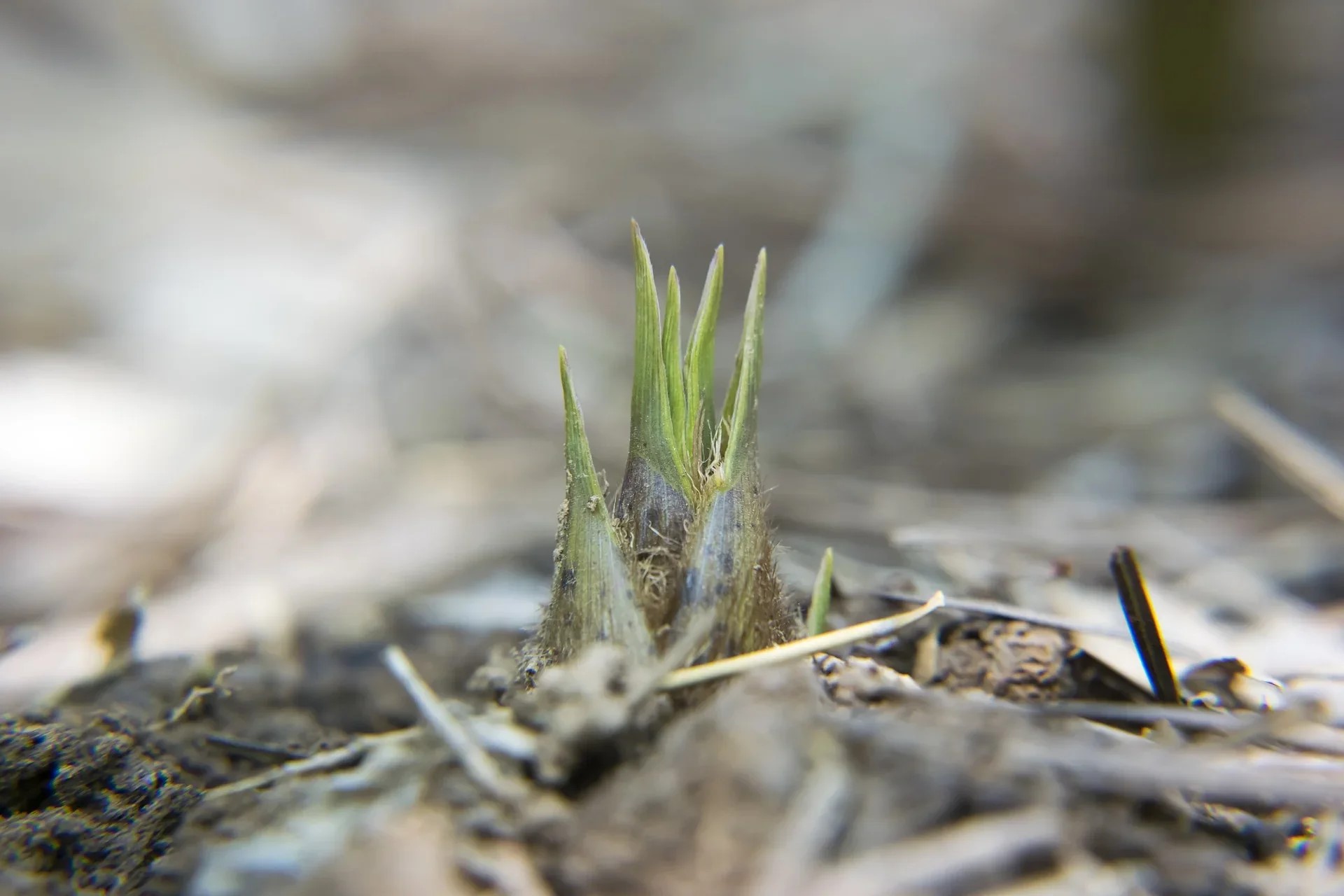
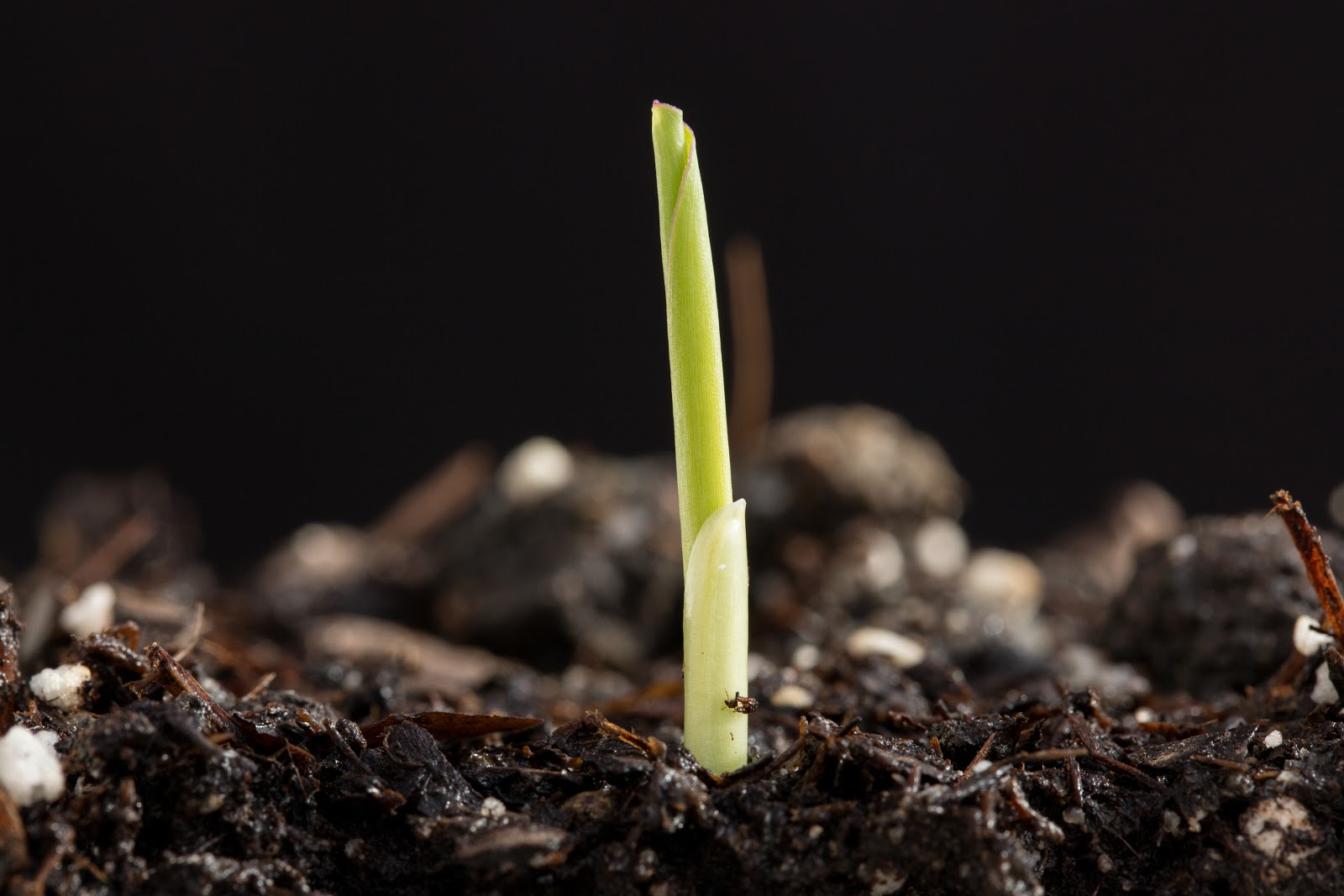
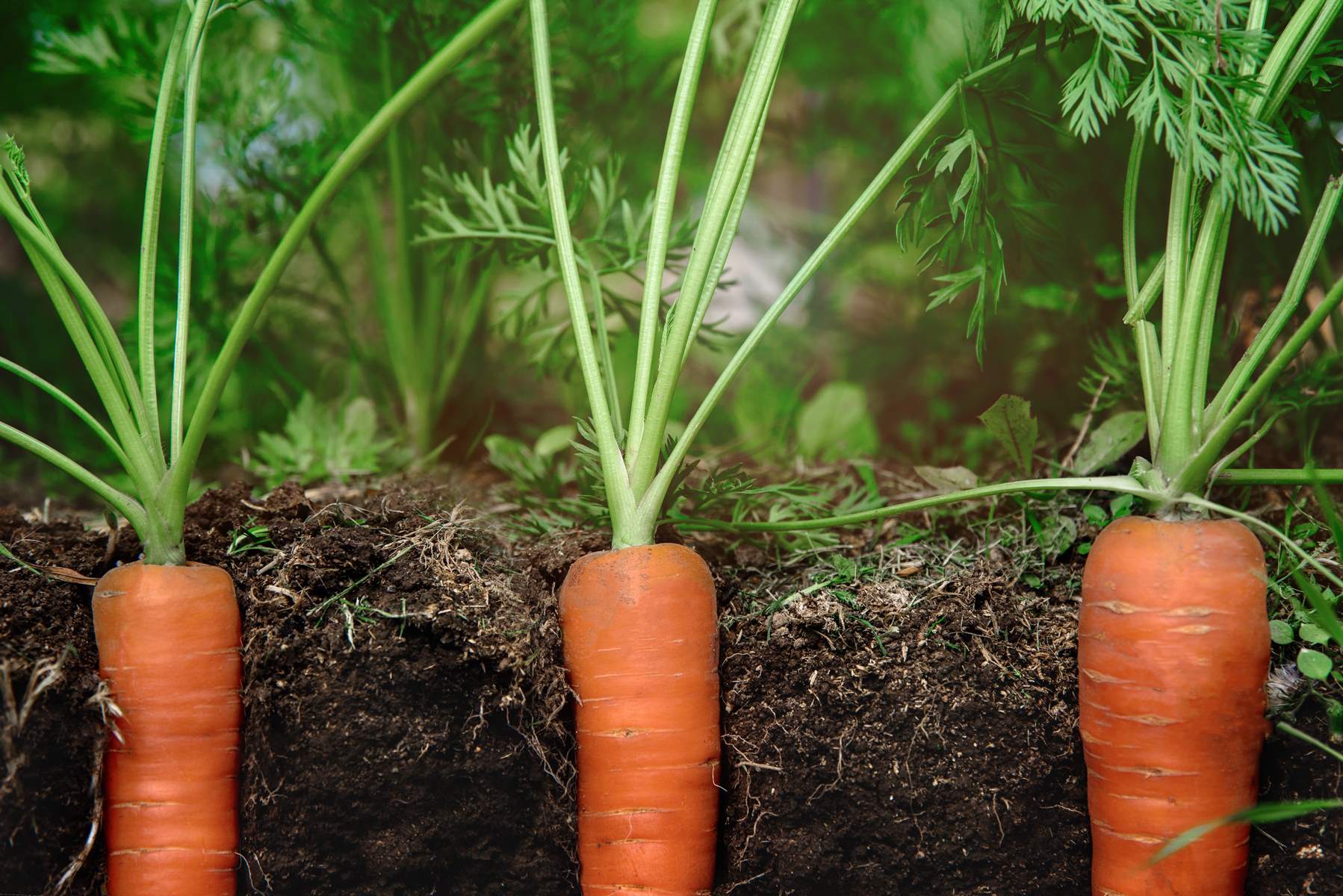
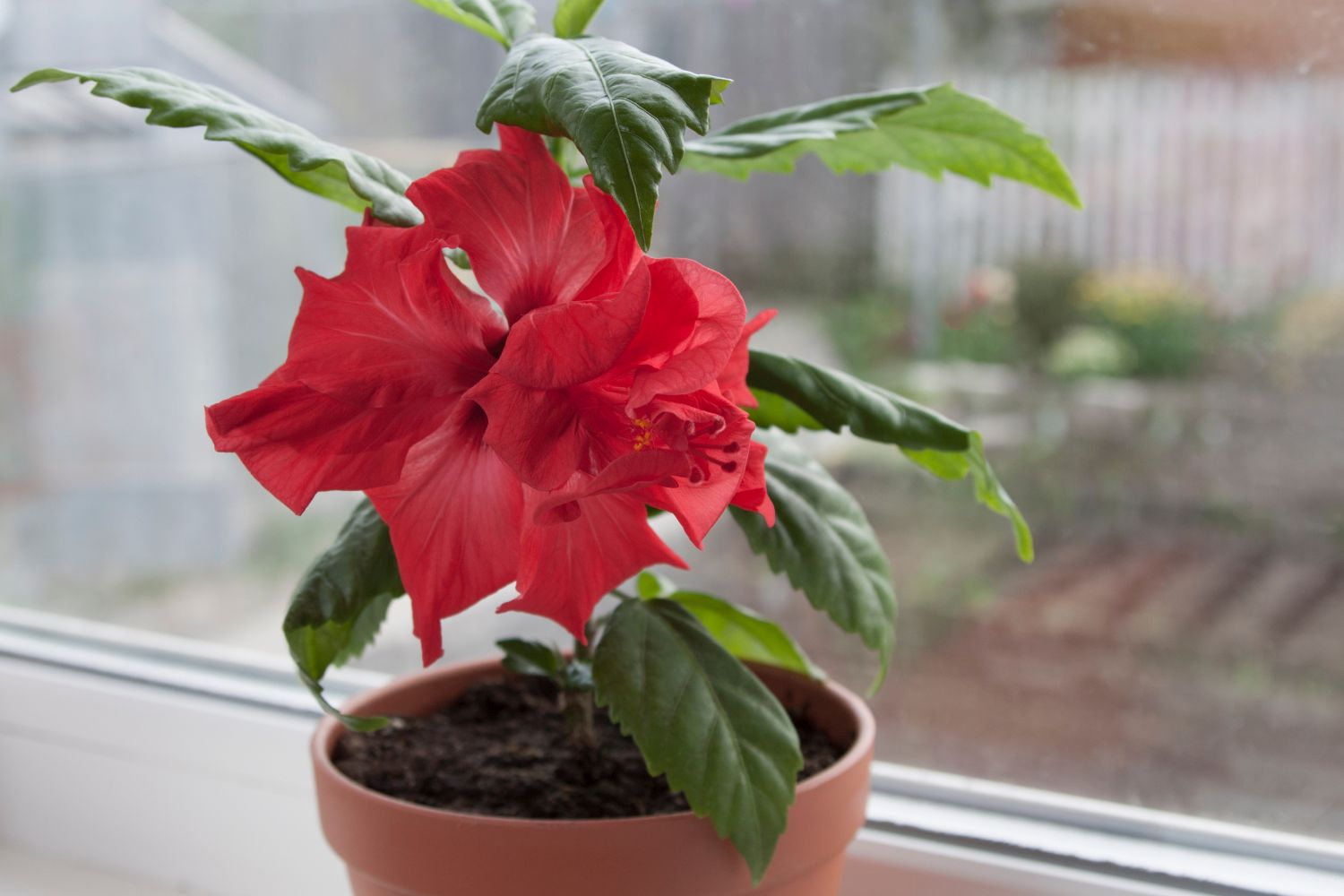
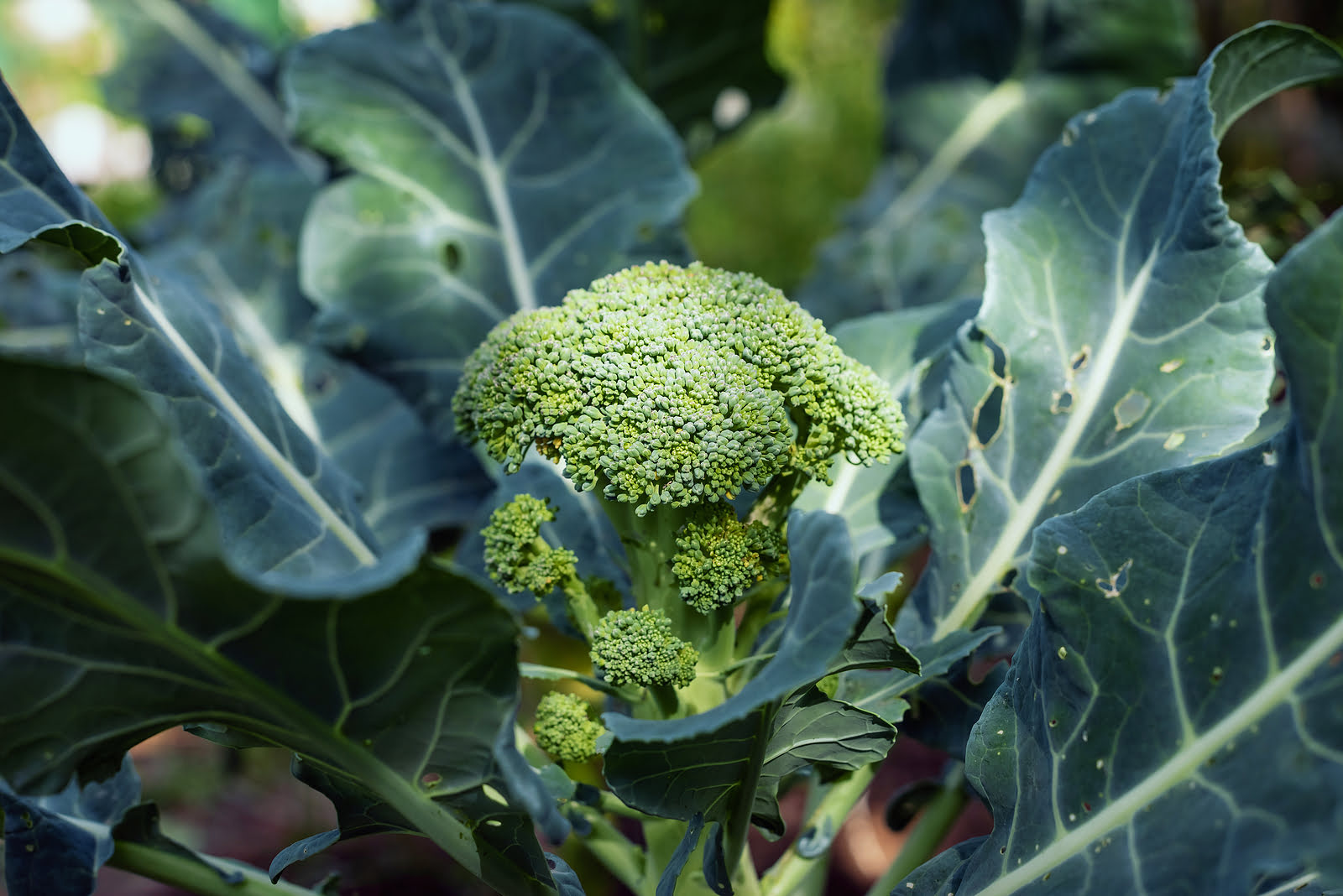
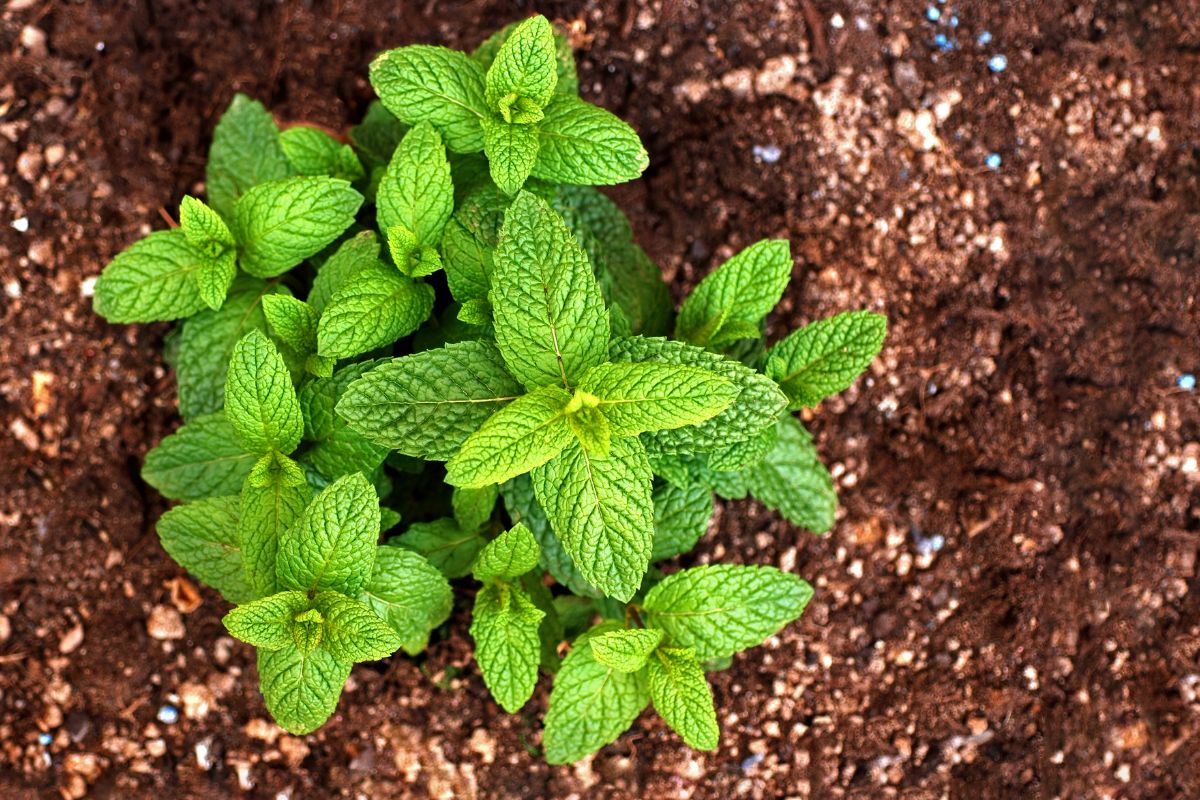
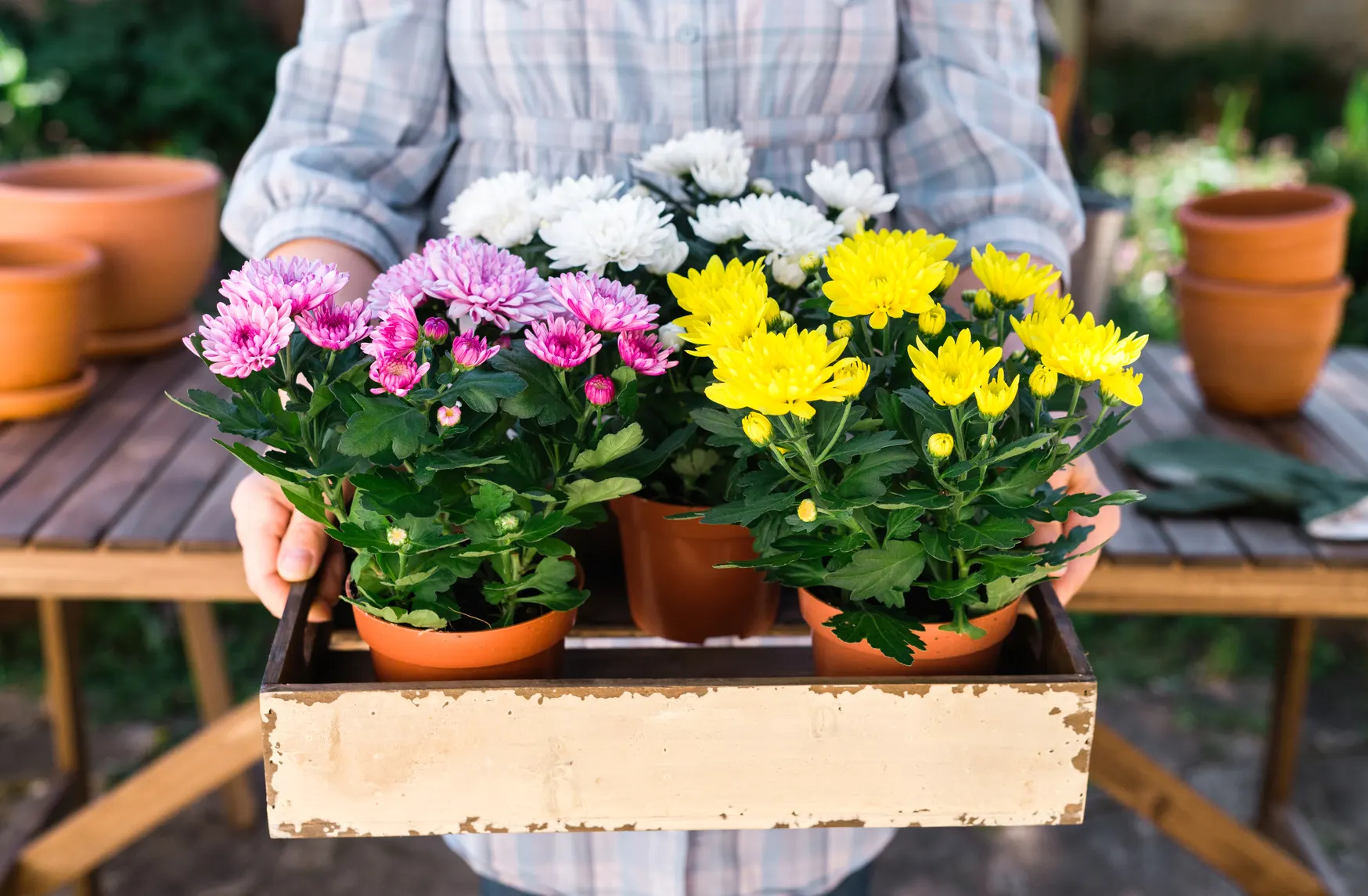

0 thoughts on “How Long Does It Take To Grow Kiwi From Seed”